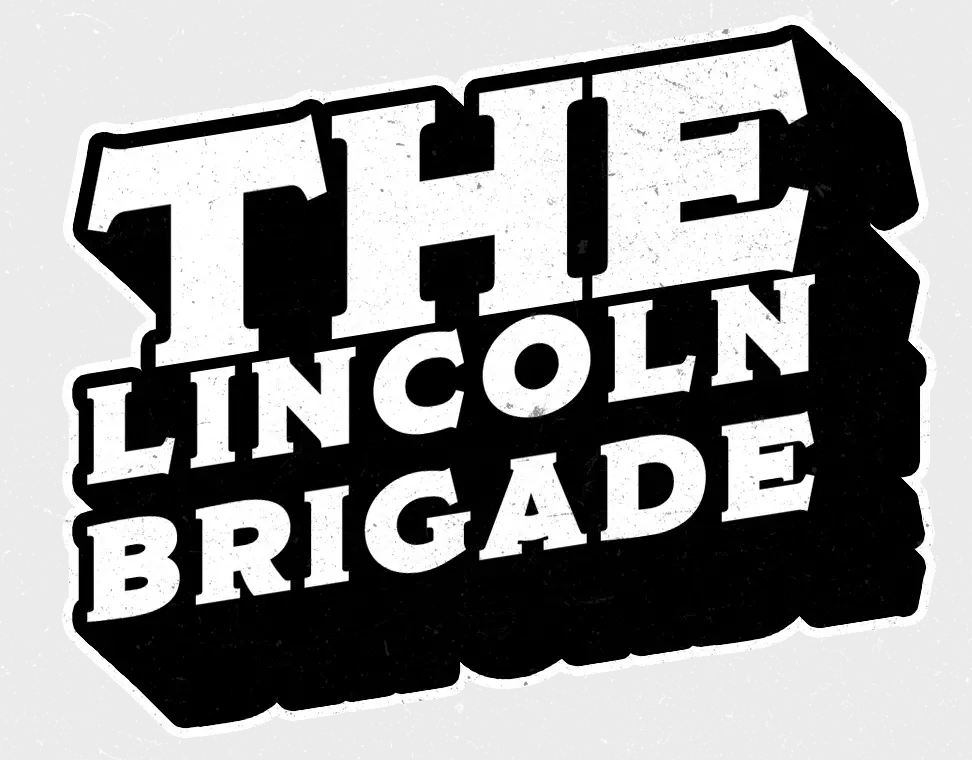Positives, Negatives, and Real-World Examples
Politics has long been a spectrum, not a binary, but the terms “right-wing” and “left-wing” provide a framework to explore fundamental ideological differences. Both wings harbor strengths that have shaped nations and glaring weaknesses that have stalled progress. By delving into their respective tenets, supported by historical and contemporary examples, we can better understand their roles in governance, society, and culture.
The Right Wing: Tradition, Stability, and the Risks of Rigidity
Positives: The right wing is deeply rooted in the preservation of tradition, order, and national identity. This conservatism can foster stability in times of upheaval. For instance, Margaret Thatcher’s conservative economic reforms in the United Kingdom during the 1980s revitalized a stagnant economy by curbing inflation, reducing union power, and emphasizing free-market principles. Similarly, right-wing ideals often prioritize law and order, which can ensure societal cohesion—a principle evident in Singapore’s low crime rates under its conservative government policies.
Economic pragmatism often emerges from right-wing ideologies, such as Reaganomics in the United States. While contentious, Reagan’s supply-side economic policies did stimulate significant economic growth in the 1980s, illustrating how conservative fiscal policies can energize markets.
Negatives: The right wing’s reliance on tradition can impede progress. Its resistance to social change was evident during the Civil Rights Movement in the United States, where segregationists clung to entrenched systems of racial inequality. Additionally, extreme nationalism, a hallmark of far-right ideologies, has fueled dangerous xenophobia. The Holocaust, driven by Nazi Germany’s fascist policies, serves as a harrowing reminder of the catastrophic consequences of unchecked nationalism.
Modern examples also highlight risks. The Brexit campaign, championed largely by right-wing politicians, appealed to national sovereignty but exacerbated economic uncertainty and social division within the United Kingdom. The focus on limiting immigration and breaking from the European Union’s trade agreements underscored the dangers of isolationism in an interconnected world.
The Left Wing: Progress, Equity, and the Perils of Overreach
Positives: Left-wing ideologies prioritize social equity, progress, and collective welfare. Landmark achievements such as Franklin D. Roosevelt’s New Deal during the Great Depression showcased the power of left-wing policies. The creation of Social Security, unemployment benefits, and labor protections exemplified how government intervention can lift millions out of poverty and ensure economic security.
Social progressivism, another hallmark of the left, has propelled movements for gender equality, LGBTQ+ rights, and racial justice. The legalization of same-sex marriage in countries like Canada and the United States reflects how left-wing activism fosters inclusivity. Universal healthcare systems in nations such as Sweden demonstrate how leftist policies can reduce inequality and improve quality of life.
Negatives: While ambitious, left-wing policies can be economically burdensome. Overreach in welfare spending, as seen in Greece before its 2008 financial crisis, led to unsustainable national debt and economic collapse. The push for universal benefits without adequate fiscal management can strain resources and stifle economic growth.
Additionally, some left-wing movements risk alienating the very populations they aim to support. For instance, the “Defund the Police” slogan, born out of frustration with systemic racism, was criticized for being misinterpreted or poorly communicated, leading to a loss of support among moderate voters. Leftist overemphasis on identity politics can also foster divisiveness, detracting from broader, unifying goals.
Comparative Analysis: Collaboration or Clash?
One of the clearest distinctions between right- and left-wing ideologies lies in their approach to change. The right wing values slow, deliberate change, emphasizing preservation, while the left wing seeks rapid transformation to correct systemic injustices. Both approaches have merit—and pitfalls.
Take climate change as an example. Right-wing leaders often resist aggressive climate policies, citing economic concerns and the need to protect jobs. Former President Donald Trump’s withdrawal from the Paris Climate Agreement reflected this hesitation, arguing that the accord unfairly burdened the U.S. economy. In contrast, left-wing leaders advocate for sweeping reforms to combat environmental degradation, exemplified by the Green New Deal proposed by U.S. Congresswoman Alexandria Ocasio-Cortez. However, critics argue that such proposals lack feasibility and risk economic disruption, showcasing the tension between pragmatism and ambition.
On immigration, right-wing policies often stress border control and national security, as seen in Australia’s strict immigration policies. These policies deter human trafficking and protect national resources but are frequently criticized for their inhumane treatment of asylum seekers. Left-wing ideologies, favoring open borders and refugee support, prioritize compassion but can struggle with integration and resource allocation, as seen during Germany’s acceptance of over a million refugees in 2015–2016.
The Middle Ground: A Balancing Act
While the dichotomy between right- and left-wing ideologies may seem insurmountable, history suggests that compromise often yields the best outcomes. The post-World War II era in the United States, often called the “Golden Age of Capitalism,” combined right-wing economic principles with left-wing social programs, leading to unprecedented prosperity.
Mixed economies, such as those in Scandinavian countries, exemplify how blending conservative fiscal responsibility with progressive social policies can foster stability and equity. By learning from each wing’s strengths and avoiding its extremes, nations can navigate the complexities of modern governance.
Ideologies in Context
Right-wing and left-wing beliefs offer distinct lenses through which to view the world, each with its unique strengths and vulnerabilities. The right wing’s focus on tradition and order provides stability but risks stagnation, while the left wing’s emphasis on progress and equity drives change but can overreach. Understanding these ideologies in their historical and contemporary contexts reveals that neither is inherently superior. Instead, their interplay—the clash and collaboration of ideas—shapes societies and determines their paths forward. In a polarized world, recognizing the value in both perspectives may be the key to bridging divides and fostering a more inclusive, sustainable future.




